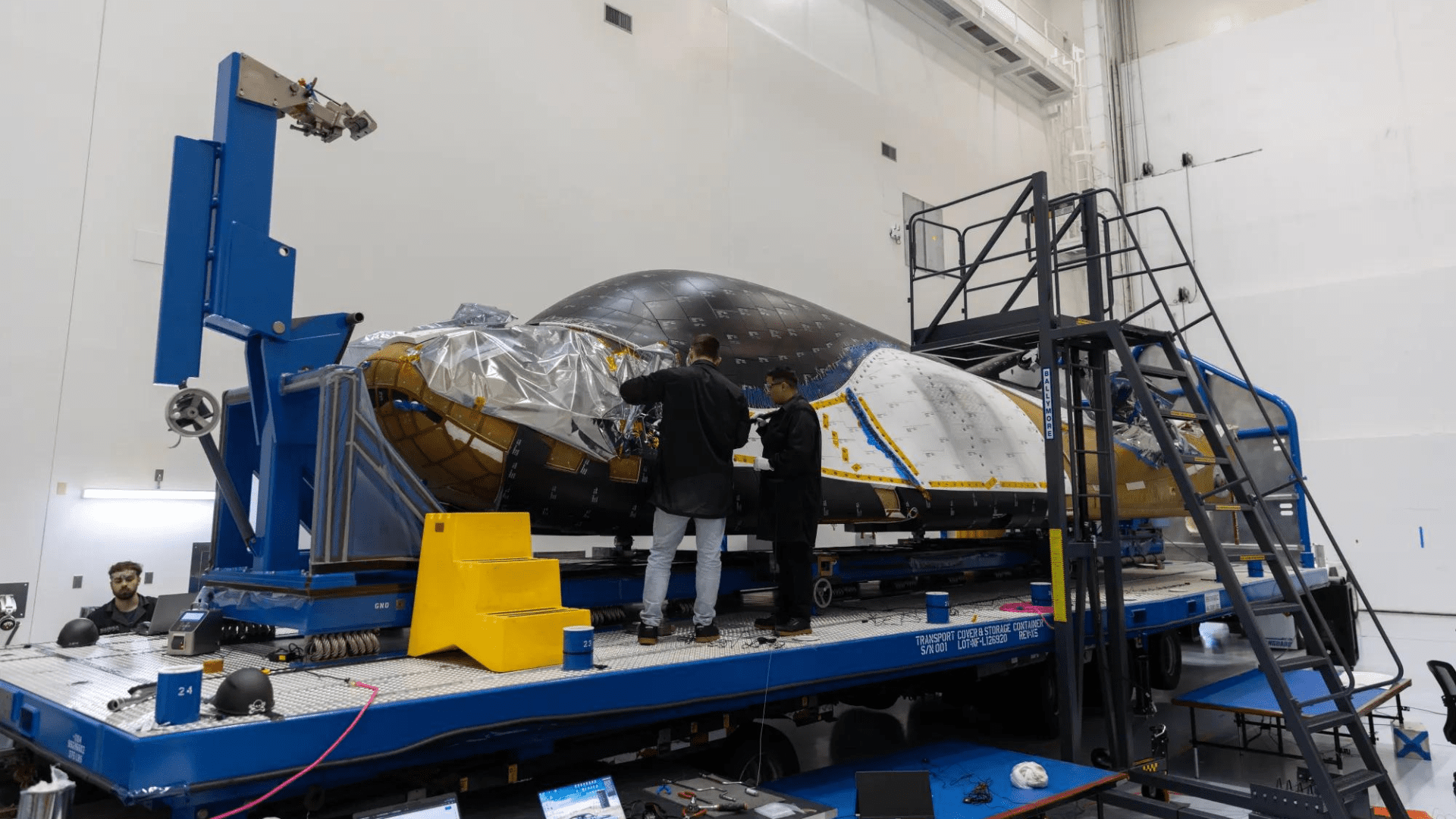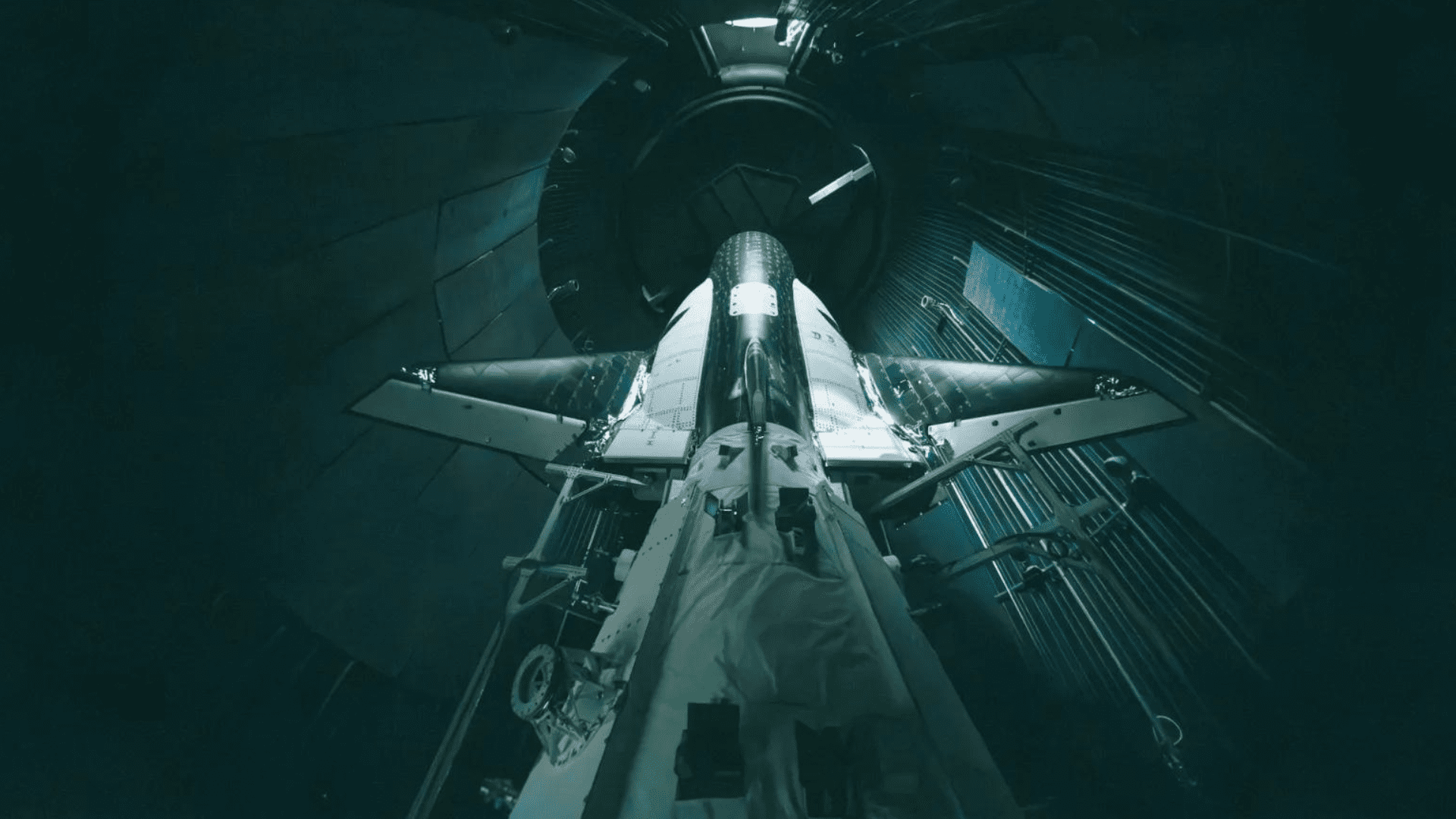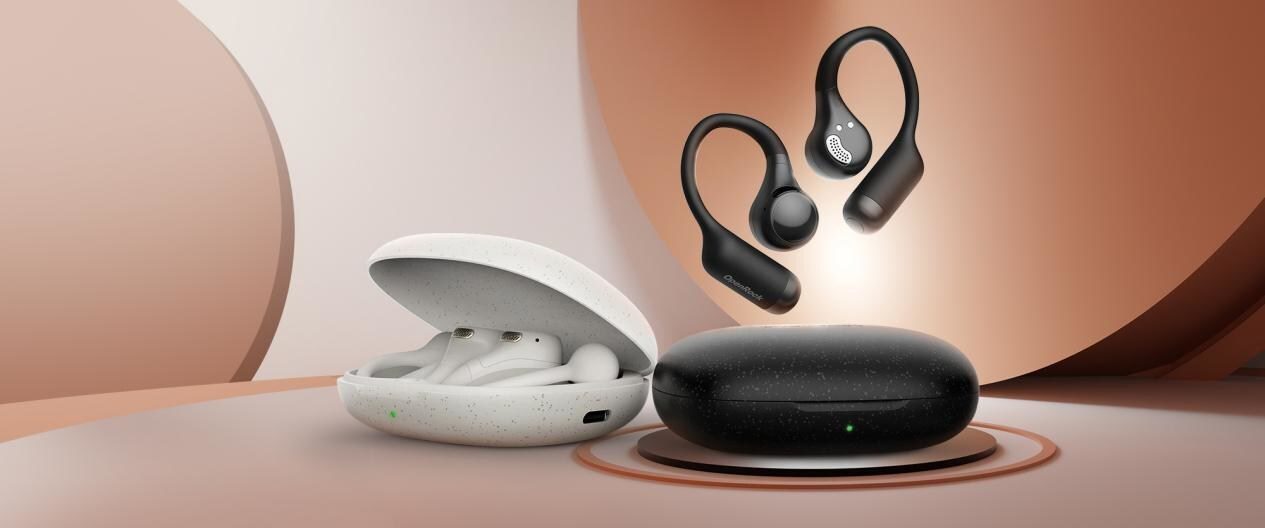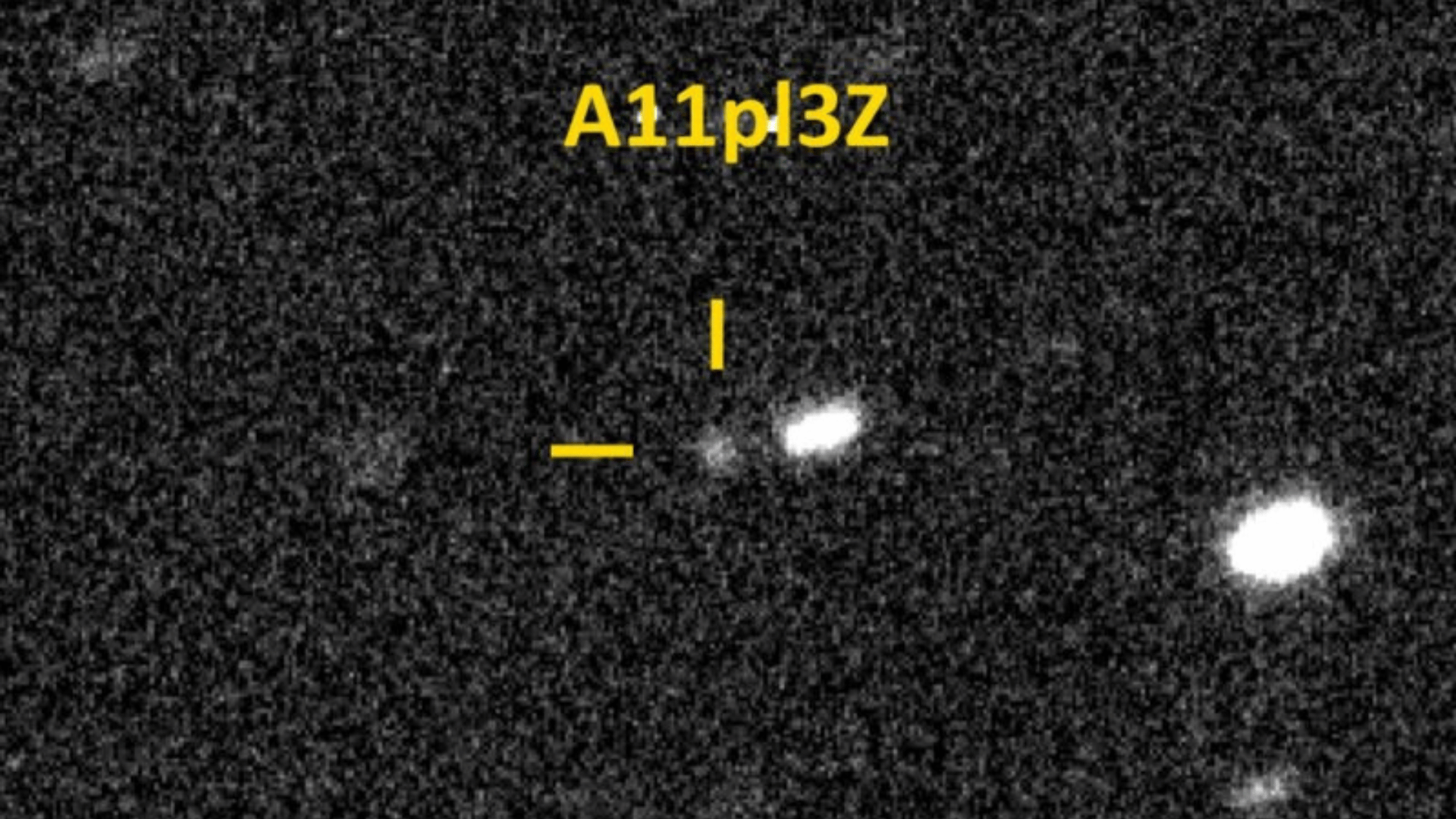The world’s first winged commercial space plane is one step closer to takeoff after arriving at the Kennedy Space Center in Florida. Sierra Space’s Dream Chaser DC-100 is taking its final tests before its first mission to the International Space Station (ISS).
Tenacity the Dream Chaser

NASA will use the Dream Chaser to ferry cargo from Earth and the ISS. It’s 30 feet long and 15 feet wide. The plane also features a lifting body and innovative wings. These unique and innovative wings allow it to transport cargo to and from low-Earth orbit. In addition, the wings allow it to maintain the ability to land on a runway similar to NASA’s space station. Included is a 15-foot Shooting Star module. This module carries up to 7,000 of cargo internally. Additionally, it features three unpressurized external payload mounts.
Another cool detail is the Dream Chaser is reusable. It can return up to 3,500 pounds of cargo to Earth. However, the Shooting Star module is not and represents its shooting star name well. This module burns up during reentry to Earth, disposing of up to 8,500 pounds of trash during each mission.
At least seven missions from the partially reusable transportation system are planned. The missions to the space station are part of the agency’s efforts to expand commercial resupply services in low Earth orbit. Future missions could last as long as 75 days and carry up to pounds of cargo.
Named Dream Chaser Tenacity, it’s the first of a fleet of Sierra Space spaceplanes to help carry out missions.
Explore Tomorrow's World from your inbox
Get the latest science, technology, and sustainability content delivered to your inbox.
I understand that by providing my email address, I agree to receive emails from Tomorrow's World Today. I understand that I may opt out of receiving such communications at any time.
Dream Chaser in Orbit

The Dream Chaser Tenacity joined its Shooting Star Module at the Kennedy Space Center on Saturday, May 18. It is planned to launch sometime this year.
Once Tenacity is in orbit, it will undergo a series of mobility tests. For example, as it approaches the ISS, it will conduct demonstrations to prove attitude control, translational maneuvers, and abort capabilities. Once the space plane completes all of its maneuverability demonstrations, astronauts aboard the space station will grapple the spacecraft with the Canadarm2 robotic arm and dock it.
After about 45 days at the ISS, the space plane will be released from it and return to Kennedy’s Launch and Landing Facility. Once Dream Chaser is powered down, the Sierra Space team will perform inspections and prepare it for its next mission.







